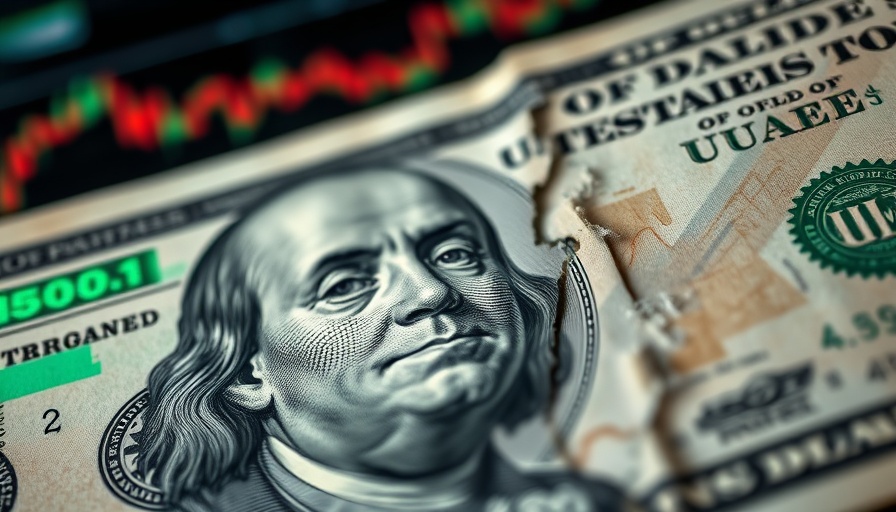
Understanding the Current U.S. Dollar Slide
The recent decline of the U.S. dollar is strikingly reminiscent of the economic turmoil during the Nixon administration. This drop is significantly influenced by trade policies that have incentivized investors to seek safer returns outside of the United States. With the dollar weakening, emerging markets are increasingly appealing to those looking for investment stability.
The Impact of Trade Policies on Currency Value
Trade policies enacted under former President Trump have played a critical role in the dollar's depreciation. By imposing tariffs and creating trade disputes, these policies have unsettled investor confidence. As a result, many are opting to withdraw their assets from U.S. markets, further exacerbating the dollar's slide. This shift in investment strategy illustrates how political decisions directly affect currency performance and market stability.
Historical Parallels: Nixon Era Economic Challenges
To understand today's economic climate, it helps to look back at the Nixon era. During the 1970s, the U.S. faced similar challenges, including rampant inflation and currency devaluation. Investors at that time also turned to foreign assets to protect their wealth. This historical context provides a lens through which we can analyze current economic trends and potential long-term impacts on the global economy.
Trends in Business and Investment Amid Dollar Challenges
As the dollar weakens, we see an uptick in investments in sectors that offer resilience. For instance, investments in technology and green business are becoming increasingly attractive to investors seeking sustainable returns. Companies in these sectors are innovating while also appealing to a growing environmental consciousness among consumers. Sustainability is not only a buzzword; it’s a growing business strategy that can withstand currency fluctuations.
Looking Ahead: Navigating Economic Uncertainty
What does the future hold for the dollar and U.S. investors? Predictions indicate further volatility, with many economists suggesting that the current trends may persist as businesses adapt to new economic landscapes. For entrepreneurs and business professionals, this spells both challenges and opportunities. Staying informed about shifting market dynamics and embracing adaptive business strategies will be crucial for success in this fluctuating environment.
The fluctuations of the U.S. dollar impact every sector of the economy. For business professionals, understanding these trends offers valuable insights into strategic planning and investment opportunities. If you’re looking to leverage market conditions to your advantage, keep an eye on emerging sectors, navigate economic forecasts, and align your strategies accordingly. Stay informed and proactive as the economic landscape evolves.
 Add Row
Add Row  Add
Add 



Write A Comment